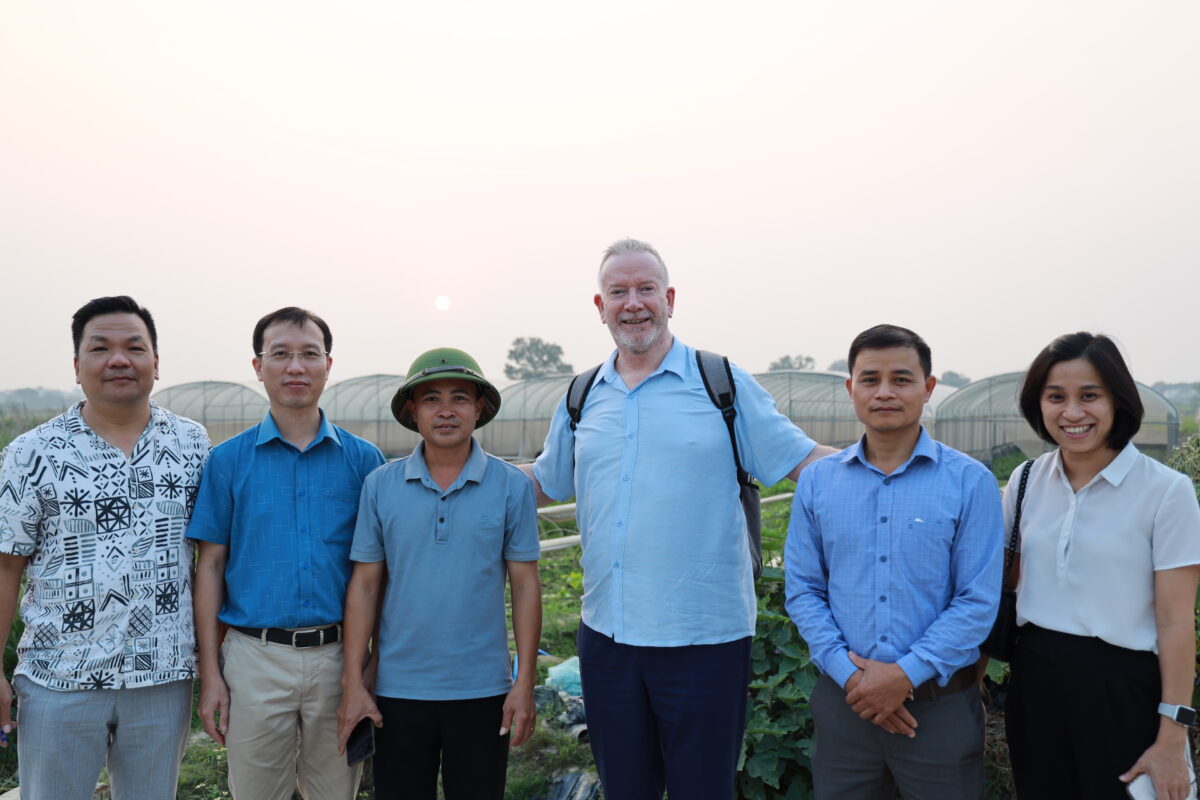
From 08/2022 to 03/2023, with the support of SAFEGRO Project, funded by the Global Affairs Canada, the traceability working group with 01 Canadian and 02 Vietnamese experts, have reviewed Vietnamese regulations, conducted the survey of the current situation at the production and business establishments in the supply chain of fruits, vegetables and pork in Hanoi and Ho Chi Minh city. The group also have worked with relevant agencies and organizations and consulted with relevant parties. The results are following that:
The regulations on traceability are clearly stated in the Food Safety Law, the Livestock Law, the Law on Veterinary Medicine, the Law on Fisheries, and are specified in Decree 15/2018/ND-CP, Circular 23/2018/TT-BYT, Circular 25/2019/TT-BYT of the Ministry of Health and Circular No.17/2021/TT-BNNPTNT of the Ministry of Agriculture and Rural Development. The Government also issued Decision No. 100/QD-TTg approving the project of implementing the national traceability system with inter-ministerial and local cooperation, whereby all traceability portals/solutions in regulatory agencies and the private sector must be connected to the national portal. However, to make people able to research and apply themselves, we should have more specific and detailed instructions for each type of facility in the supply chain of the competent authority.
Regarding the application of traceability: In general, traceability in Ho Chi Minh City is better than in Hanoi, there are a few companies that perform very well, mainly are big companies and supermarkets, including the application of digital traceability. In contrast, at wholesale markets and retailed markets, traceability is still limited, there are many products sold at the market that cannot be traced, most establishments apply manual traceability. The high-level findings are summarized as follows:
– Lack of the need for traceability from consumers, the supplier sees traceability as unnecessary additional costs.
– Vegetables and fruits from China are labeled in Chinese, without sub-labels, some markets do not have information about the type and origin of products, and goods are still stored in unlabeled temporary containers;
– People and employees in the food production and business chain, lack knowledge of traceability and lack skills to update information on digital traceability.
– For the pork chain, the traceability has not been applied at all stages (only access to the stage of slicing). For the vegetable chain, traceability has been applied at certain stages such as preliminary processing and packaging before being put into the modern retail system.
– There are many providers of traceability technology solutions (Vietel, check.vn, TEE Food…) causing difficulties for users because they have to use many different application and software to check information.
With the above gaps, to improve the traceability situation, the team proposes:
- For government agencies:
– Strengthening the dissemination of regulations on traceability, then organizing inspection and testing, the implementation of traceability at all stages in the value chains;
– Develop programs and projects to promote training on traceability knowledge both directly and online for all relevant stakeholders; There should be specific and detailed guidelines for each type of establishment in the food supply chains;
– Supplement regulations on standardization of information provision for traceability. It help traceability technology solution providers can share, connect and communicate for end-to-end traceability throughout the supply chain.
- For SAFEGRO Project:
– Organize training on knowledge of traceability, skills in information technology application to implement digital traceability for establishments in the selected value chain;
– Guidance on applying traceability to the establishment’s products in the selected value chain. It is advisable to build a Practical Handbook or an online learning platform that provides simple and easy guideline to practice;
– Evaluate and improve guidelines for replication to other value chains

